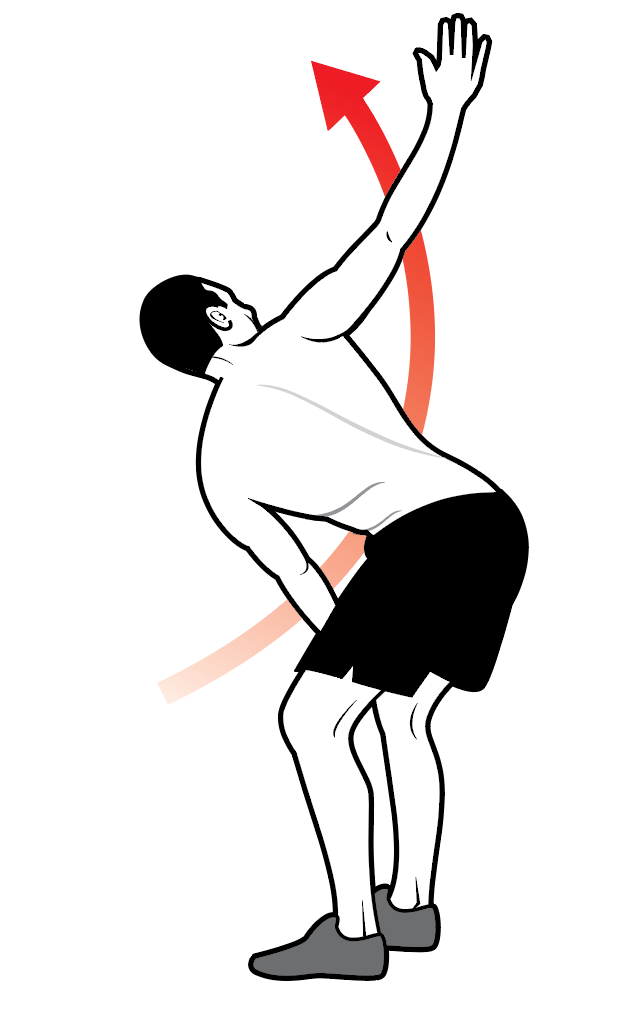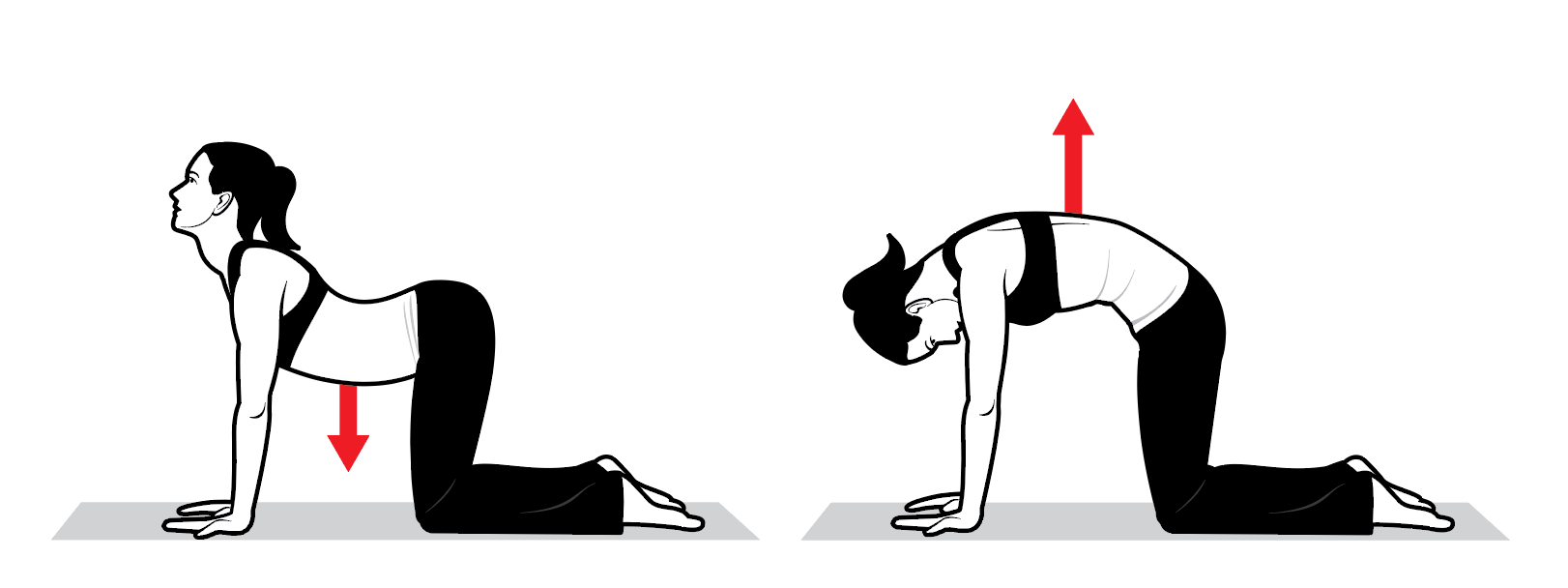Never Get Injured Again: Core

Key Parts
The structure of the spine enables different parts of the body to work together to walk, lift, jump, or otherwise move.
The trapezius muscles move the shoulder blades and initiate a counterbalancing arm swing during regular gait.
Oblique abdominals guard the ribs and control the core’s swivel.
Abdominals keep the body balanced while lifting objects, moving over rough terrain, or both.
The Expert: Shanté Cofield
Cofield is a doctor of physical therapy, an outdoor enthusiast, and the founder of The Movement Maestro.
The Strategy
The best way to think about your core is to not have to think about it. In backpacking, most core movement is reflexive, meaning it happens automatically in response to changes in balance. “Perform drills that require prolonged periods of supporting weight, and learn to brace for explosive movements like high steps,” Cofield says. A strong core keeps you upright and moving confidently, even if you don’t realize it.
Stretching and Mobility Exercises for Your Core
Open-Book Stretch

Thanks to its rotational component, this stretch loosens and readies the upper back, lower back, and shoulders to heft weight without strain.
Lie on your left side with your waist and knees bent at 90 degrees and your outstretched arms stacked on top of each other. Keeping your left hand in place, open your top arm like a book and try to touch your right shoulder to the ground without moving your legs or hips. Hold for 30 to 60 seconds and repeat on the opposite side.
Type 1 Thoracic Rotation

The swivel in this dynamic stretch warms up the thoracic (upper) spine and shoulders, while the side bend stretches and activates the obliques.
Stand with your feet hip-width apart, elbows bent and at your sides, and your hands at shoulder height. As you rotate your torso to the right, move your left arm across your chest, palm down, and straighten your right arm overhead. Slowly return to the starting position. Repeat this motion for 30 seconds, then switch to the other side.
Cat-Cow Stretch

Gently alternating between an arched and rounded back warms up the spine, engages the core muscles, and stretches the back, chest, and shoulders.
Get into a tabletop position on your hands and knees. Inhale slowly as you look up, arch your back, tilt your pelvis forward, and allow your belly to drop toward the floor. As you exhale slowly, engage your abdominal muscles, round your back, tuck your pelvis, and allow your head to drop. Alternate between the two positions for 10 breaths.
Common Core Injuries
Lower Back Pain
The Problem Hunching forward under the weight of your pack—rather than engaging your core muscles to stand up straight—concentrates the strain on the lower back muscles and fascia, which are at higher risk of injury when carrying weight at that angle.
The Fix In addition to rolling and stretching the sore area (see the Open Book and Cat-Cow, above), Cofield recommends incorporating some plank holds, glute bridges, or bird dog exercises into your prehike warm-up. “Do some gentle core stability exercises that tell your body, ‘Turn the core on. Let’s shift the burden from my back to my core,’” she says. And of course, stop hunching when you hike. Reduce your pack weight until you feel like you can hike without leaning forward.
Upper Back Pain
The Problem Like lower back pain, discomfort between the shoulder blades is often attributed to poor posture (hunching or leaning back, or shrugging the shoulders), which can be caused by an ill-fitting or too-heavy pack.
The Fix This one’s more likely a gear problem than a biomechanical one. Ensure your pack matches your torso length (measure from the small of your back to the bulging vertebrae in the base of your neck). Generally speaking, don’t carry more than 20 percent of your body weight. Stretch the aching muscles by standing upright, bending both arms in front of you at a 90-degree angle, and lacing one under. Gently raise your elbows, keeping your forearms vertical. Repeat, lacing the other arm underneath.
Trapezius Pain
The Problem You got in shape, you bought the right pack, you cinched your hipbelt to transfer most of the weight to your hips—and yet, you’re still feeling pain in your shoulders. It feels like the shoulders, anyway. But, more likely than not, that pain is from a strained trapezius, the muscular base for your shoulder straps, which acts as a bridge between the shoulder and the neck. If these muscles aren’t used to carrying a load, they can end up stressed.
The Fix Complex problem, simple solution: Gently work your neck through its entire range of motion with rolls, looking up and down, and doing side bends. If the pain feels like it’s under the shoulder blades, simple shoulder shrugs will help those tight muscles to relax.
Pro Tip: Loosen Up
Cofield recommends that backpackers bring a tennis ball (weighs only 2 ounces) and spend 5 minutes in camp lying on the ball and rolling it under their posterior chain (the muscles on the back of the body), from foot to head. “You don’t need to be aggressive. It should be nice and quick,” Cofield says. “If you find something that’s tight, you can spend a little more time there.”